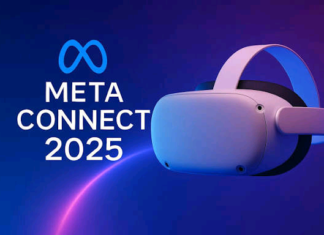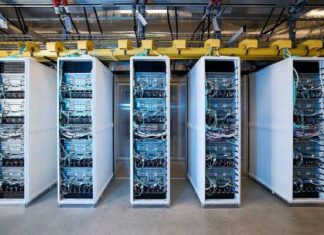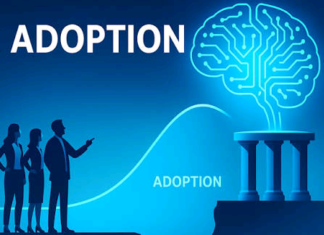When you purchase through links on our site, we may earn an affiliate commission. This doesn’t affect our editorial independence.
It looks like Android phones are finally catching up to wireless charging. There is a new standard for Android phones similar to Apple’s MagSafe. This is a big advancement for wireless charging technology in android smartphones.
With the help of this new technology, Android users will be able to wirelessly charge their smartphones more quickly and effectively without having to deal with cords.
Later this year, Android devices will be able to use the Qi2 wireless charging standard, according to a statement made by the Wireless Power Consortium (WPC) at CES 2025.
Qi Charging
“Qi” is an open standard for inductive charging-based wireless power transfer. It enables compatible gadgets to be charged when they are put on a Qi charger, including smartphones. First introduced in 2008, the Wireless Power Consortium’s technology was integrated into over 200 smartphones and other devices in 2017.
Qi2
With speeds of up to 15W, Qi2 offers faster and more dependable wireless charging than the previous Qi standard. Qi2 refers to Qi versions 2.0 and later. It adds an optional “Magnetic Power Profile” (MPP) with magnetic attachment and alignment capabilities. The Qi2 standard decreases energy loss and improves charging efficiency for Android phones by using MagSafe-like magnetic alignment.
Enhanced User Experience
It is hoped that the introduction of Qi2 will significantly enhance the Android smartphone user experience. The inconvenience of mismatched chargers will be lessened thanks to the magnetic alignment mechanism. This will increase the convenience of charging. Similarly to the MagSafe accessory line for iPhones, this technology will open the door for a new ecosystem of Qi2-compatible devices.
Future Outlook
The wireless charging gap between iPhones and Android devices may soon be closed thanks to Android phones’ adoption of Qi2. This is going to be a major leap in wireless charging technology. Now that Android phones are using this technology, it will soon be a feature that all mobile devices have. This will make charging simpler and more convenient for everyone.








